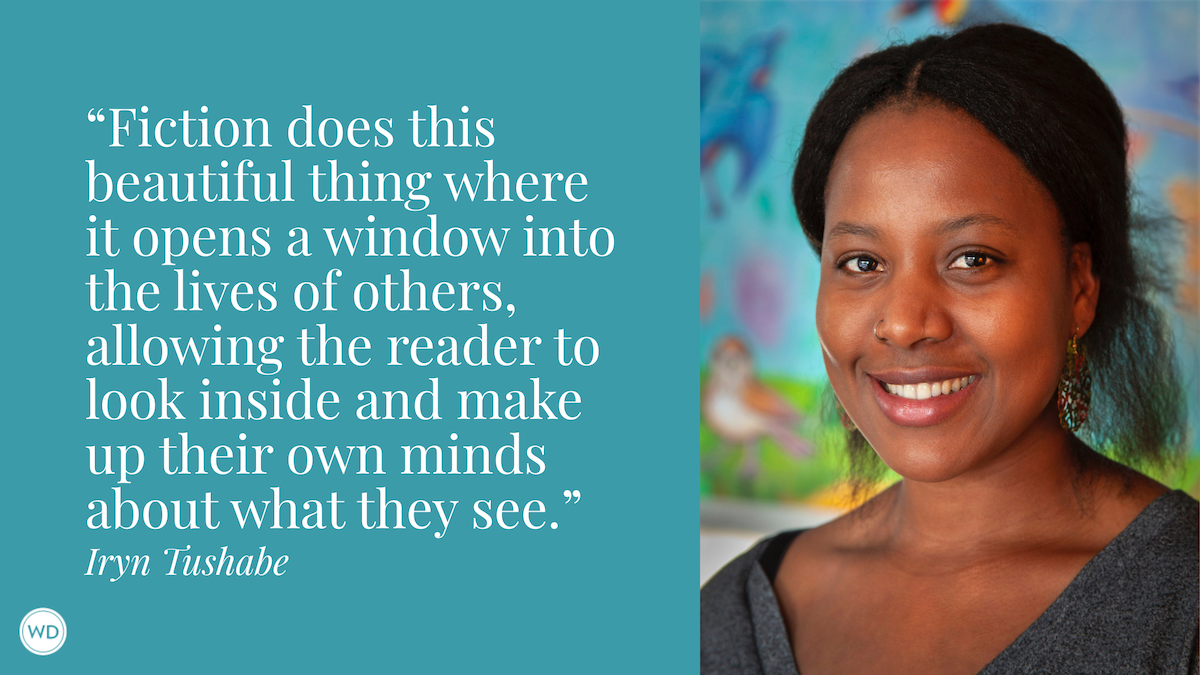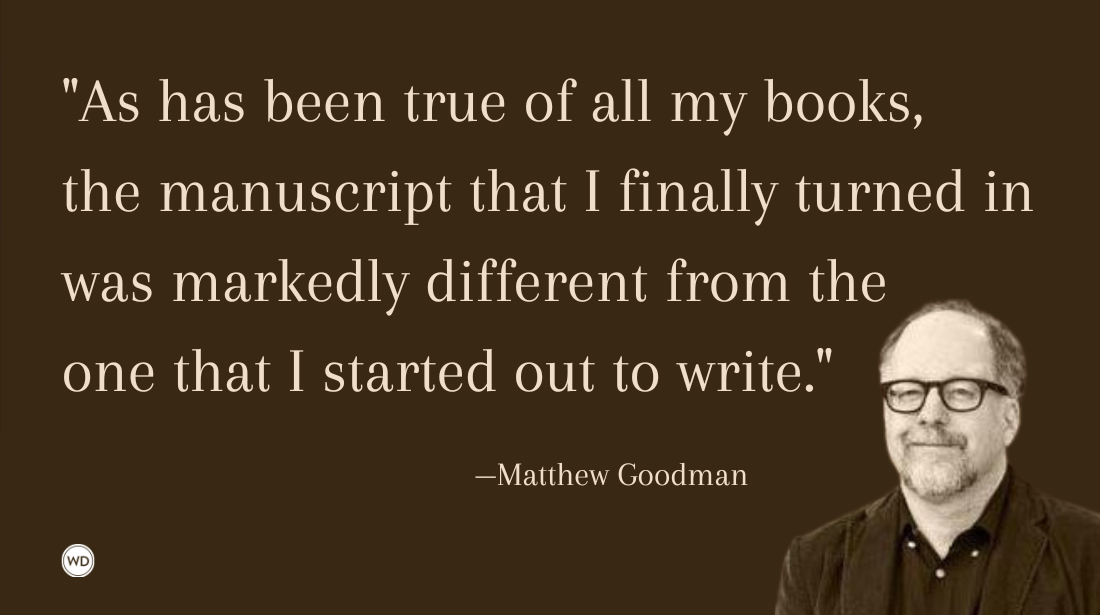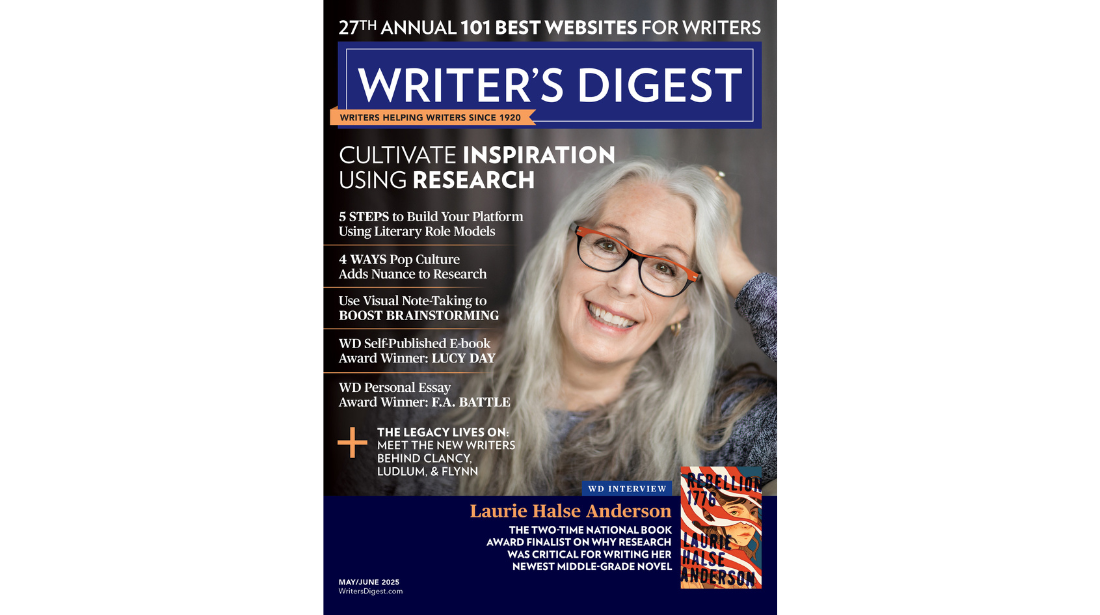Ken Quattro: Researching and Writing About Overlooked Comics History
Comic historian and author Ken Quattro shares what inspired his nonfiction title Invisible Men: The Trailblazing Black Artists of Comic Books, why journalism training influences his research process, how writers can stretch their writing muscles, and so much more.
Ken Quattro and his involvement in comic book history led to his being named an historical consultant on the 2017 Hollywood film, Professor Marston and the Wonder Women. Quattro is the author of hundreds of book, magazine, and online articles. He has also provided source material for television programs and many other comics histories.
He attended both Eastern Michigan University and the University of Michigan, studying Fine Art and journalism. He currently resides in Ann Arbor, Michigan.
In this post, Quattro shares what inspired his nonfiction title Invisible Men: The Trailblazing Black Artists of Comic Books, why journalism training influences his research process, how writers can stretch their writing muscles, and much more!
*****
Research, interview, and explore the subjects that interest you. Then write about what you've learned in Writing Nonfiction 101: Fundamentals. Writing nonfiction is a great way for beginner and experienced writers to break into the publishing industry. Throughout this 12-week workshop, you will get step-by-step instruction on how to write nonfiction.
*****
Name: Ken Quattro
Book title: Invisible Men: The Trailblazing Black Artists of Comic Books
Publisher: Yoe Books
Release date: December 15, 2020
Genre: Comics History
Elevator pitch for the book: The American comic book industry was a booming business during its seminal years of the 1930s and 40s. When WWII intervened and most of the white artists were conscripted, the void was partially filled by Black artists; artists whose contributions to comics have never been fully chronicled until this book.
[WD uses affiliate links.]
What prompted you to write this book?
My curiosity as to why there were seemingly few Black comic book artists prior to the 1970s. As I began researching, I found that there were in fact a number of Black artists, particularly in the years surrounding WWII.
As I dug deeper, I realized the artists involved all had fascinating life stories and careers that extended far beyond the comic book industry. Many were fine artists left unemployed after the defunding of the Works Progress Administration (WPA), some were early civil rights and social justice activists, others became teachers.
They were a diverse and fascinating group of men and each had a personal story that I explore in detail in the book.
How long did it take to go from idea to publication?
The initial spark came from a series of letters I exchanged with Samuel Joyner, a retired Black cartoonist from Philadelphia, nearly 20 years ago. I had contacted Mr. Joyner regarding information about Matt Baker, one of the few Black artists known at that time.
Mr. Joyner mentioned several other artists in his letters and those comments piqued my curiosity. As I began my research, I quickly realized that there was almost nothing in the contemporaneous white media regarding these artists.
Hence, I made a deep dive into Black publications—newspapers, magazines, books—and genealogical records. I accumulated a mountain of information and whittled it down to a presentable form, which became the book. All together the process took me over 15 years, from start to publication.
Were there any surprises or learning moments in the publishing process for this title?
I am a comics historian, and I have written hundreds of articles and provided source material for many books. But this was the first book bearing my name, so the process was new to me. My editor gave me free rein in the actual writing of the book and allowed me full participation in the editing. I was used to just turning in copy and being done with it.
With this book, I was involved with virtually all aspects of not just writing the text, but the overall look of it as well. The book is heavily illustrated with images from comic books, magazines, and photographs that were mostly supplied by me. So again, I had a hand in the design as well. I learned a lot and enjoyed it all.
Were there any surprises in the writing process for this book?
I have a writing process I developed over time that begins with a kernel of an idea, usually something that piques my interest and has not yet been done to death. I have no desire to retread a worn path. Then, I research.
I am an obsessive researcher, and I try whenever possible to use primary sources. It is probably due to having a journalistic training, but I do not write anything I cannot verify myself with several sources. This is all quite time-consuming, but it is a process that works for me.
I encounter factual surprises all the time—often in conflict with "accepted" knowledge. That is part of the fun, though, and I live to uncover these undiscovered nuggets.
What do you hope readers will get out of your book?
The life stories of the artists are compelling and that alone provides the reader with realistic, identifiable characters. Each one (18 artists are profiled) is unique and in their own way, inspirational. I hope that comes through to the reader.
It was important to me that I present the stories of these artists in a way that even a person with little knowledge of comics or Black history could understand and follow along. From the feedback I have had so far, it seems to be working out.
If you could share one piece of advice with other authors, what would it be?
Persist. Hone your craft; if you do not write, you will not improve. Start a blog if you do not already have one and use it stretch your writing muscles. Write even if you think you have nothing to write about. That is my way of fighting writer's block. Just keep writing.
Robert Lee Brewer is Senior Editor of Writer's Digest, which includes managing the content on WritersDigest.com and programming virtual conferences. He's the author of 40 Plot Twist Prompts for Writers: Writing Ideas for Bending Stories in New Directions, The Complete Guide of Poetic Forms: 100+ Poetic Form Definitions and Examples for Poets, Poem-a-Day: 365 Poetry Writing Prompts for a Year of Poeming, and more. Also, he's the editor of Writer's Market, Poet's Market, and Guide to Literary Agents. Follow him on Twitter @robertleebrewer.








